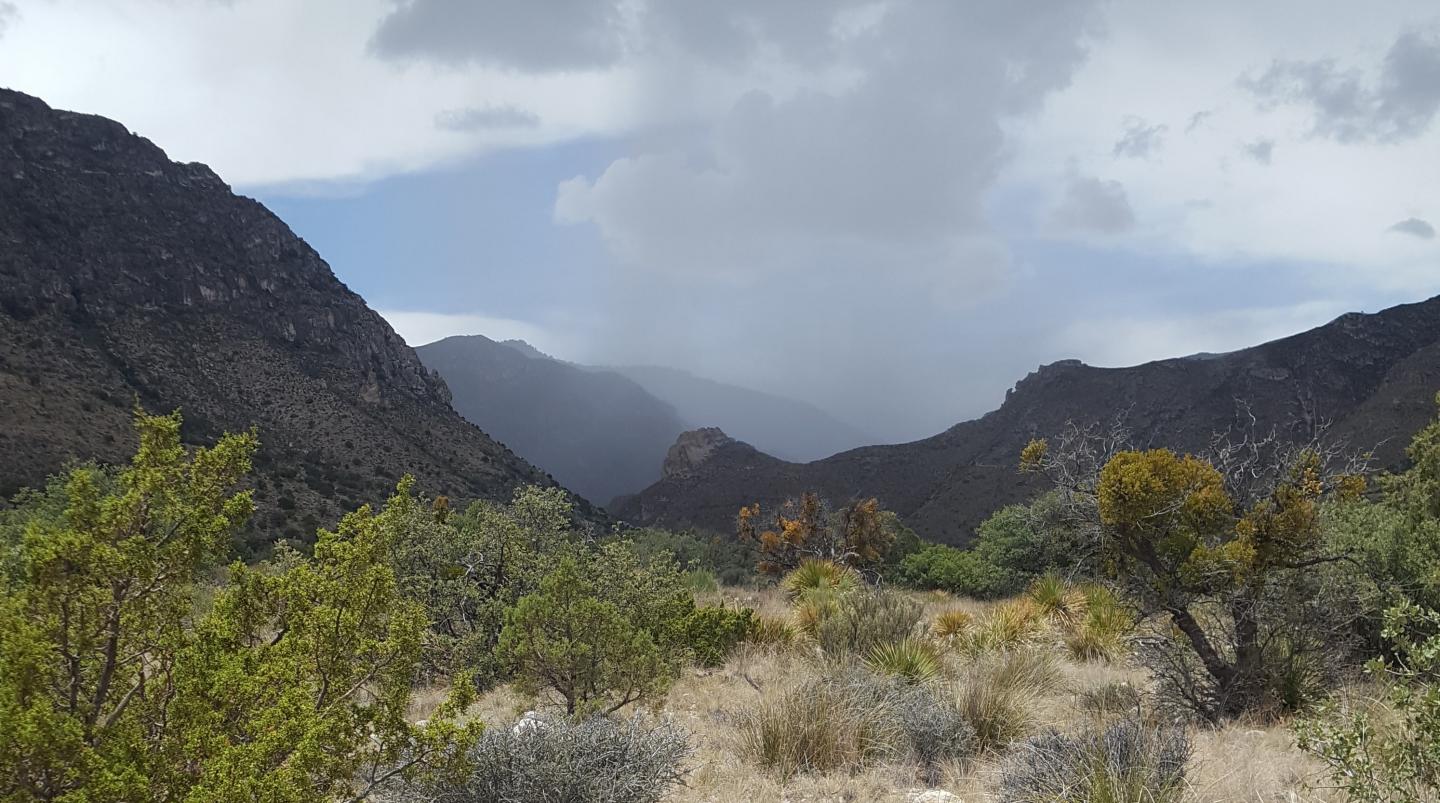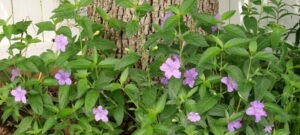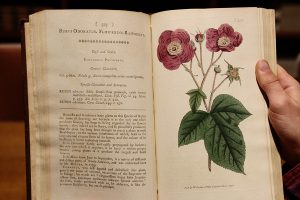The Amon Carter Museum of American Art (ACMAA) sponsored Barney Lipscomb and Tiana Rehman to serve as botanical guides to West Texas for artist Mark Dion. Commissioned by the ACMAA, Mark—a contemporary artist who is part explorer, part historian, part naturalist, and part collector—is making a series of exploratory journeys through Texas that are inspired by four early naturalists/artists in Texas: Sarah Ann Lillie Hardinge (1824–1913), John James Audubon (1785–1851), Frank Law Olmsted (1822–1903), and Charles Wright (1811–1885). In 2020, the ACMAA Special Exhibition Galleries will tell the story of these early Texas Artists and natural history travelers in Texas.
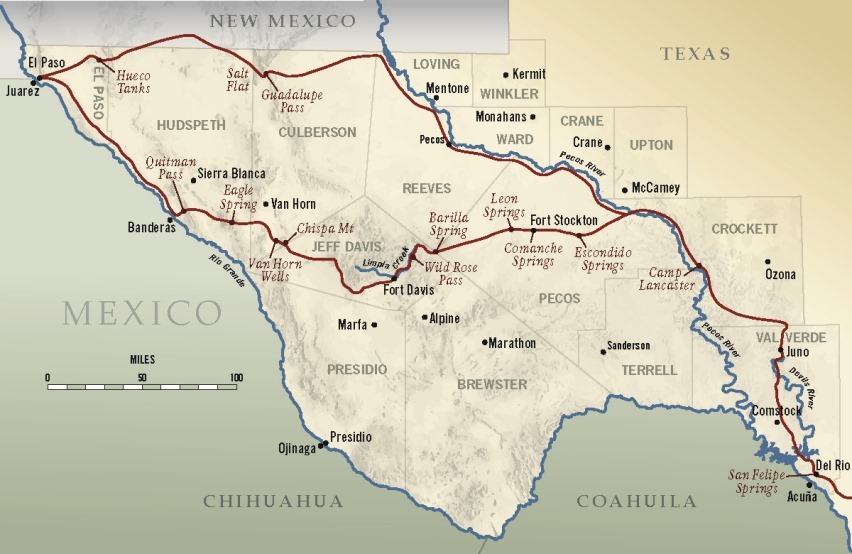
BRIT’s West Texas travels with Mark shadowed the footsteps of pioneer botanist and collector, Charles Wright, one of if not the most commemorated name in Texas botany. Their journey took them west to El Paso where they first visited Dr. Richard D. Worthington, Associate Professor Emeritus in Biology at The University of Texas at El Paso (UTEP) and Curator of the UTEP Herbarium. Dr. Worthington’s research interests have focused on plant diversity on mountains of different sizes in the southwestern United States and the documentation of the flora across southern New Mexico and western Texas. (He’s also co-author of BRIT Press’s newest publication, Flowering Plants of Trans-Pecos Texas and Adjacent Areas!)
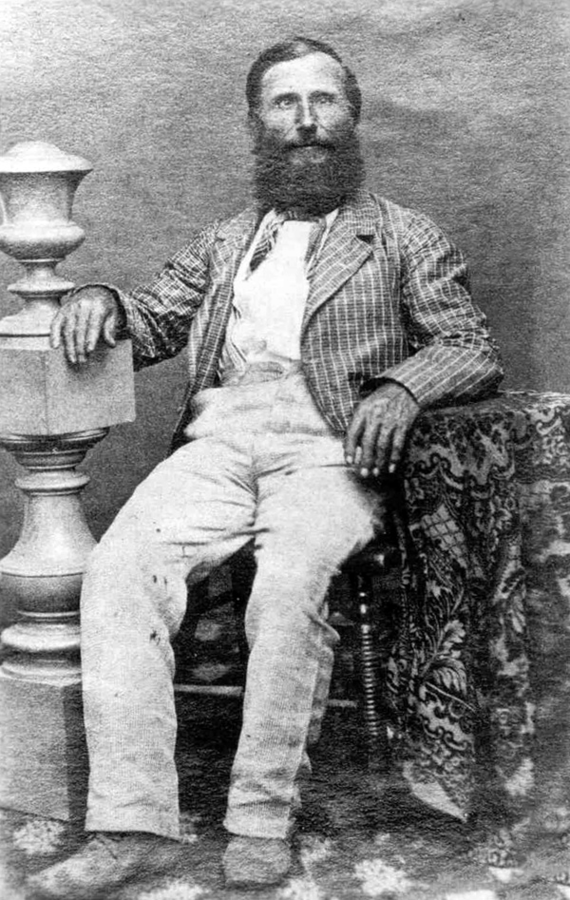
Charles Wright came to Texas in 1837 just after Texas independence. In 1849, Harvard University botanist Dr. Asa Gray made arrangements for Wright to “tag along” with a supply wagon train, organized by Major Jefferson Van Horne. The wagon train was following a newly discovered southerly and more direct route from San Antonio to El Paso. Charles Wright walked over 1300 miles and collected some 1404 collections of plants on this round trip from San Antonio to El Paso. Wright returned to San Antonio in late 1849. In 1851, Wright was officially appointed to the U.S.-Mexico Boundary Survey expedition to El Paso, New Mexico, and Arizona, under the direction of Lieutenant Colonel James D. Graham. The expedition arrived at Frontera, Texas, a customs place in the upper El Paso Valley. Wright returned to San Antonio in August 1852 with just over 2000 more collections, not only from Trans-Pecos but also from New Mexico, Arizona, and northern Mexico. Tiana and Barney visited the area of present day Frontera, and with Mark Dion they collected a few plant specimens.
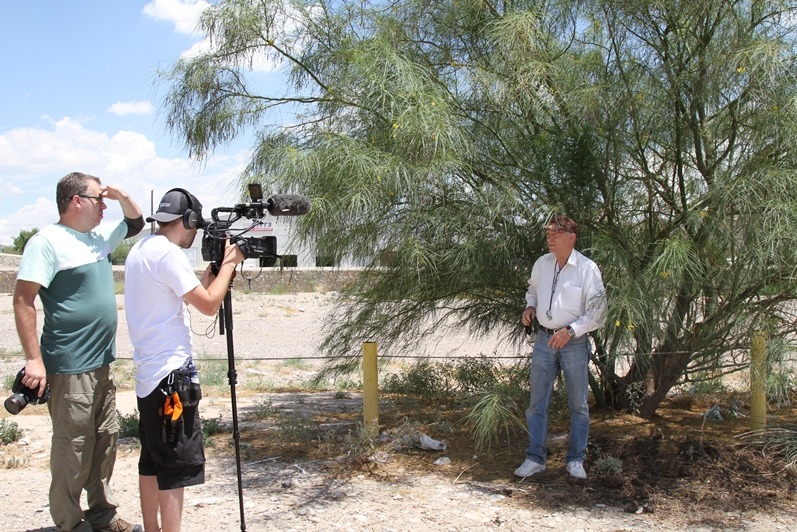
They also explored and collected at the Rio Bosque Wetlands Park, a 372-acre City of El Paso park that UTEP manages through its Center for Environmental Resource Management (CERM). Wetlands and riverside forests once graced the banks of the Rio Grande in the Paso del Norte region. They were the most productive natural habitats in the region when Charles Wright was there, but today they are virtually gone. Perhaps the highlight of this present-day West Texas trip was the 150-mi journey east of El Paso along the same route of Charles Wright over the Salt Flats in Hudspeth County to the Guadalupe Mountains in Culberson County. They visited the Butterfield Overland Mail Coach station in the Guadalupe Mountains National Park. Located at 5534-foot Guadalupe Pass, this was one of the most favorably situated stations on the original 2800-mile Butterfield route.
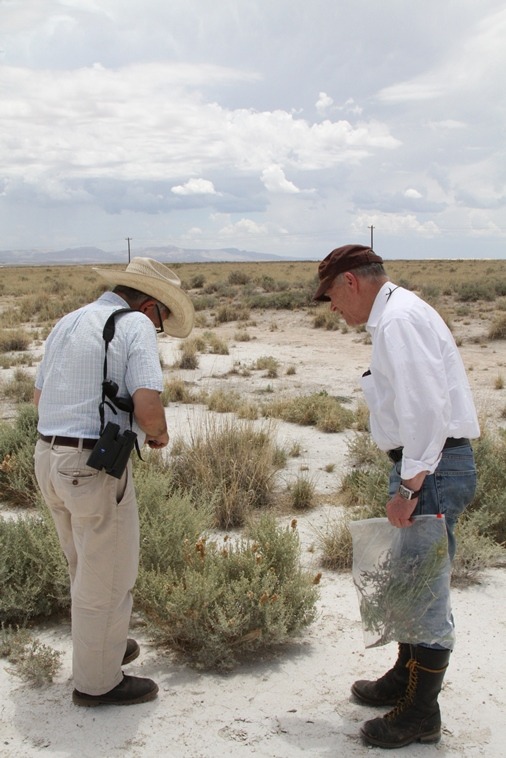
The three-day journey with Mark Dion was adventurous and productive. They made thrilling, stimulating, and satisfying discoveries in the spirit of Charles Wright who collected in these areas some 168 years ago. They traveled, walked, observed nature in all of its beauty, and collected 28 numbers of plant specimens, many of the same genera/species that Charles Wright collected. Specimens were collected in triplicate, and hundreds of photos were taken. Some of the dried, scientific plant specimens will be part of the 2020 Amon Carter Museum of American Art exhibition, Perilous Texas Adventures with Mark Dion.
Tiana and Barney gladly shared their expertise and had some great moments with Mark while retracing a part of the route of Charles Wright and the U.S.-Mexico Boundary Survey expedition in the middle of the nineteenth century.
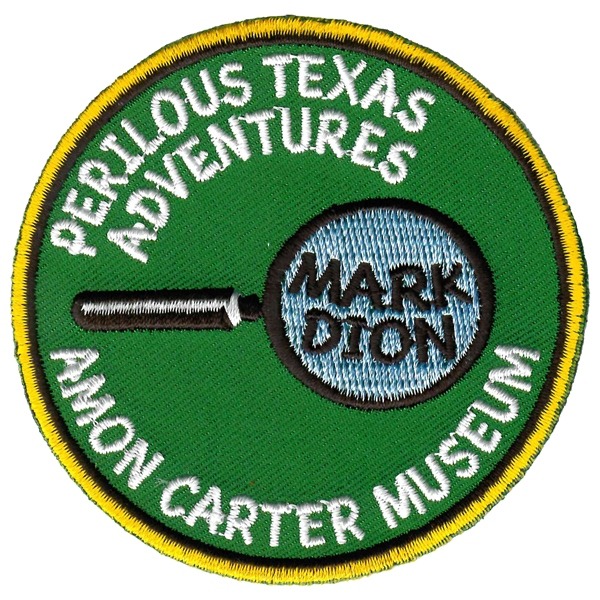
Research Team
-
Director of BRIT Press and Library, Leonhardt Chair of Texas Botany

